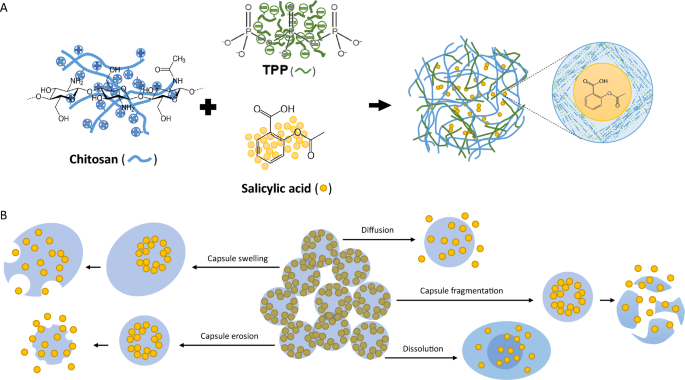
Product Video Demonstration
BioGuard Pro: Dual-Action Plant Enzyme & Heat-Loving Bacteri
■ Thermophilic Bacteria in Agriculture
Thermophilic bacteria are microbial groups that thrive in high-temperature environments (60–120°C). Many of these bacteria are characterized by their ability to suppress fungal pathogens through microbial competition.
A key application of thermophilic bacteria is combating powdery mildew. By using these bacteria preventively or during outbreaks, they inhibit the spread of pathogenic microbes through a "colony-blocking effect" and provide secondary antimicrobial benefits.
※ Colony-Blocking Effect:
This refers to the suppression of harmful microbial groups by beneficial bacterial colonies. A well-known example is how beneficial bacteria inhibit harmful pathogens.
■ Development of the RYZ-08 Bacterial Consortium
We reconstructed a new thermophilic bacterial consortium, RYZ-08, and conducted repeated trials. While it showed several times greater efficacy compared to previous versions, practical application in agriculture remained challenging.
■ A Critical Discovery
During this process, we observed a phenomenon:
- When the bacterial solution is actively decomposing organic matter, the bacterial population increases rapidly.
- Once the organic matter is depleted, the bacteria starve and die, leading to a decline in their population.
This marks the maturation phase. After maturation, when most bacteria undergo autolysis (self-digestion), the thermophilic bacterial culture exhibits strong antimicrobial properties.
Further analysis revealed that autolytic enzymes released during bacterial self-digestion accumulate in the culture solution, contributing to these antimicrobial effects.
Sustained-release delivery
Prolongs bioactive retention, reducing application frequency
Eco-friendly & biodegradable
Minimizes environmental residue and non-target toxicity
Enhanced efficacy & targeted action
Improves UV/thermal stability and precision against pests
Nanocapsule Structure

Multi-layer encapsulation technology for controlled release

